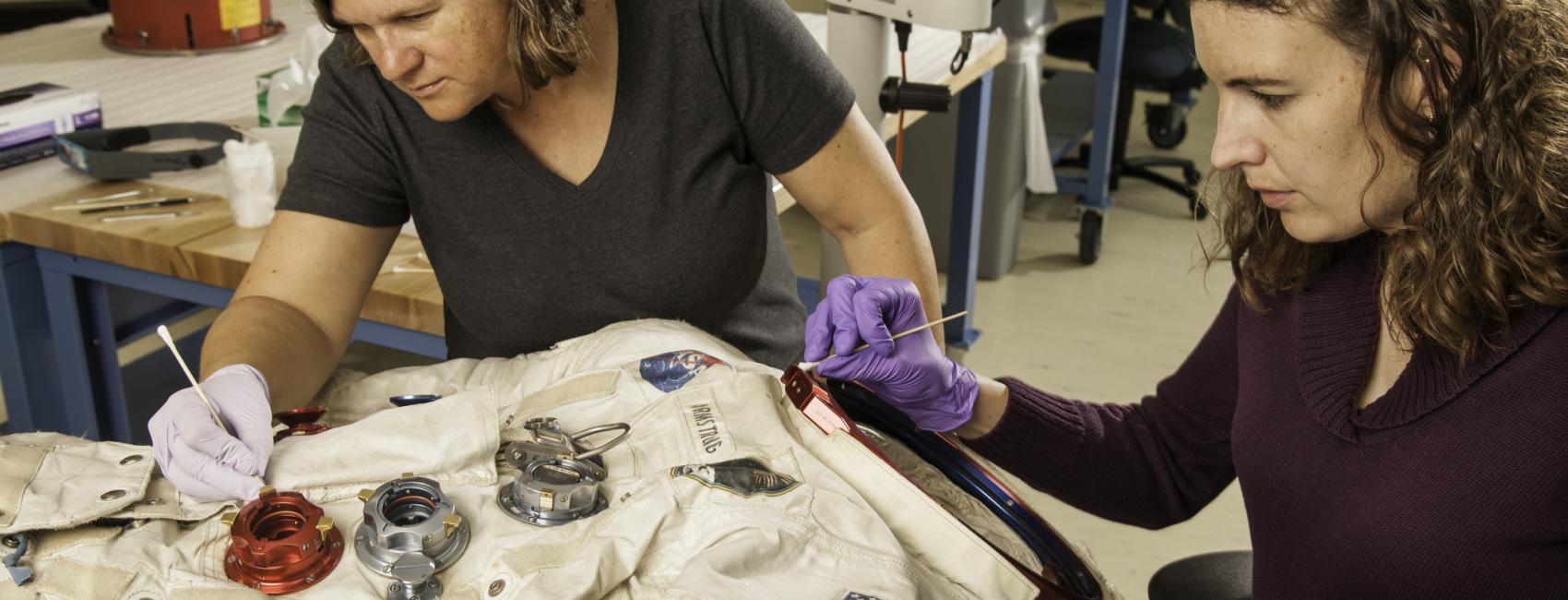
Apr 06, 2017
The AEF artists were embedded with the troops to capture the full experience of those serving in Europe, not only what transpired on the battlefield. Beyond combat scenes and the ravages of war, their work also depicted mundane everyday chores, feeding the troops, personal time, and entertainment—subjects very different from traditional war art that focused on heroic figures and gallantry on the field of battle. These works contributed to a more complete and realistic view of the war experience.
Off Duty
Harvey Thomas Dunn
Oil and watercolor on paper, 1918
The Morning Washup, Neufmaison by Wallace Morgan | Charcoal on paper, 1918
The Morning Washup, Neufmaison
Wallace Morgan
Charcoal on paper, 1918
A Cell in the Monastery at Rangeval by J. André Smith | Watercolor and charcoal on paper, May 1918
A Cell in the Monastery at Rangeval
J. André Smith
Watercolor and charcoal on paper, May 1918
Returning Refugees Hattonchatel by William James Aylward | Charcoal and gouache on paper, 1918
Returning Refugees Hattonchatel
William James Aylward
Charcoal and gouache on paper, 1918
The AEF WWI war art collection currently is held by the Smithsonian’s National Museum of American History, Division of Armed Forces History, from which the artworks in this exhibition are on loan.

We rely on the generous support of donors, sponsors, members, and other benefactors to share the history and impact of aviation and spaceflight, educate the public, and inspire future generations. With your help, we can continue to preserve and safeguard the world’s most comprehensive collection of artifacts representing the great achievements of flight and space exploration.
We rely on the generous support of donors, sponsors, members, and other benefactors to share the history and impact of aviation and spaceflight, educate the public, and inspire future generations. With your help, we can continue to preserve and safeguard the world’s most comprehensive collection of artifacts representing the great achievements of flight and space exploration.